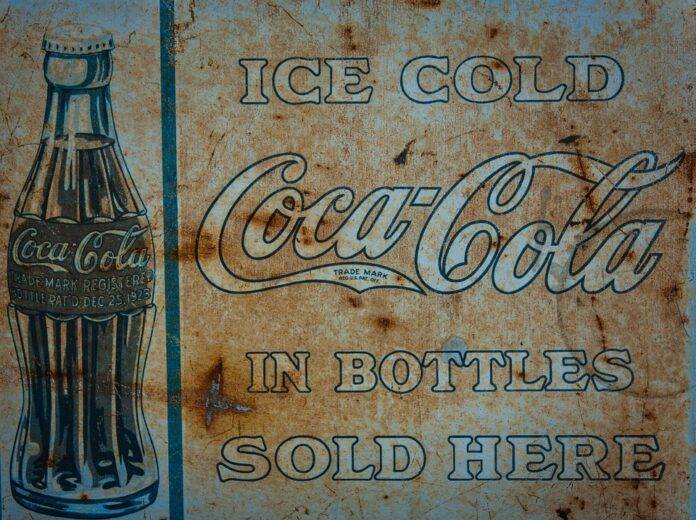Introduction
Cola, particularly Coca-Cola and Pepsi, has become one of the most recognized global products due to their successful marketing campaigns. In this report, we will delve into why marketing campaigns have played a crucial role in making cola a household name worldwide.
Historical Background
Rise of Cola Brands
Coca-Cola was invented by John Stith Pemberton in 1886, while Pepsi was created by Caleb Bradham in 1893. Both brands started as local soda fountain drinks but quickly expanded their reach through aggressive marketing tactics.
Early Marketing Strategies
In the early 20th century, Coca-Cola focused on creating a strong brand identity through advertising in newspapers, magazines, and radio. Pepsi, on the other hand, introduced the concept of the Pepsi Challenge in the 1970s to directly compete with Coca-Cola.
Impact of Marketing Campaigns
Brand Recognition
One of the key reasons cola brands have become so popular is their ability to create strong brand recognition through consistent marketing campaigns. Coca-Cola’s iconic red and white logo and Pepsi’s blue and red logo are instantly recognizable worldwide.
Emotional Connection
Marketing campaigns have also helped cola brands establish emotional connections with consumers. Coca-Cola’s “Share a Coke” campaign and Pepsi’s “Live For Now” campaign have resonated with consumers on a personal level, making them feel more connected to the brands.
Global Reach
Through strategic marketing campaigns, cola brands have been able to expand their reach to every corner of the globe. Coca-Cola, for example, is sold in over 200 countries and territories, making it one of the most widely distributed products in the world.
Financial Impact
Revenue Generation
Marketing campaigns have significantly contributed to the revenue generation of cola brands. Coca-Cola reported a revenue of $33.01 billion in 2020, while PepsiCo reported a revenue of $70.37 billion in the same year.
Market Share
Cola brands have maintained a dominant market share in the beverage industry, thanks to their successful marketing campaigns. Coca-Cola holds a 42.4% market share in the global carbonated soft drinks market, while PepsiCo holds a 24.9% market share.
Industry Insights
Competitive Landscape
The cola industry is highly competitive, with Coca-Cola and PepsiCo being the two major players. Other competitors include Dr Pepper Snapple Group, Red Bull, and Monster Beverage Corporation.
Trends and Challenges
One of the key trends in the cola industry is the shift towards healthier alternatives such as sparkling water and energy drinks. Cola brands have responded to this trend by introducing low-calorie and zero-sugar options.
Conclusion
In conclusion, marketing campaigns have played a pivotal role in making cola one of the most recognized global products. Through branding, emotional connection, and global reach, cola brands have been able to maintain their dominance in the beverage industry. With a strong financial impact and a competitive edge, it is clear that marketing campaigns will continue to be a driving force behind the success of cola brands in the future.




